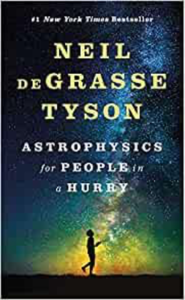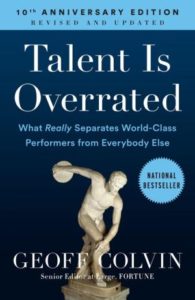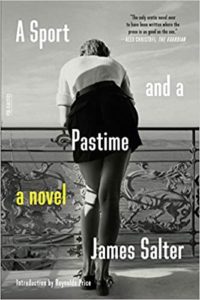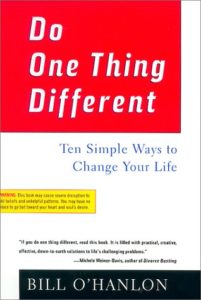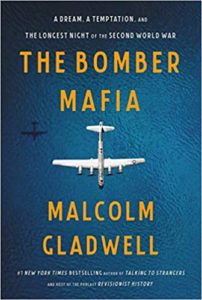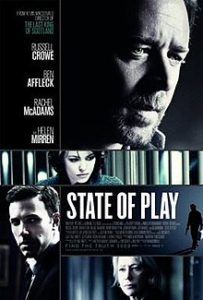The Beginning of the Best Thing That Ever Happened
By Alexander Green
Journalists labor around the clock to deliver a distorted picture of the United States.
Their relentless drumbeat of negativity has convinced millions that we are a shameful and fatally flawed nation.
In a recent poll, Gallup found that only 42% of Americans are “extremely proud” to live in this country, a record low.
There is a sense among many that we are no longer an exceptional nation, that the country is in decline and the American Dream is over.
Today I’m going to offer an antidote to this poisonous perspective by sharing what radio broadcaster Paul Harvey used to call “the rest of the story.”
Consider the basic facts:
* Americans have never been richer. The Federal Reserve reported that US households added $13.5 trillion in wealth last year, the biggest increase in three decades.
* The stock market and home prices have hit new records. And Americans of all stripes have paid off credit card debt, saved more and refinanced into cheaper mortgages.
* Our homes are more expansive. (The average American living under the poverty line lives in a bigger home than the average European.) According to the Census Bureau, the median square footage of a new single-family home sold in 2020 was 2,333 square feet. That’s 53% larger than the median home built in 1973.
* Our standard of living has never been higher. Look at all the laborsaving devices, the huge variety of goods and services available, and the luxuries – from Ultra HD TVs to Starbucks’ lattes to high-thread-count sheets – that permeate your existence.
* Educational attainment has never been greater. Eighty-nine percent of Americans have a high school diploma. Sixty-one percent have some college. Forty-five percent have an associate or bachelor’s degree. (For comparison purposes, in 1952 only 6.4% of Americans had completed college.)
* The essentials of life – food, clothing and shelter – (in inflation-adjusted terms) have never been more affordable.
* Computers, laptops, tablets and smartphones – which are revolutionizing our lives – have never been cheaper or more powerful.
* We enjoy more leisure than ever before. The Bureau of Labor Statistics reports that the average American workweek is 34.9 hours.
* Statistics show that divorce rates, domestic abuse, teenage pregnancies and abortions are all down.
* All forms of pollution – including greenhouse gases – are in decline.
* We are the world leader in technological innovation. The telephone, the television, the airplane and the internet were all invented here. So were blood transfusions, heart transplants and countless vaccines.
* If we are no different from other Western democracies, why were transformative companies like Apple, Google, Facebook, Amazon, Microsoft, Twitter, Netflix, Snapchat, Instagram, PayPal, Tesla, Uber and Airbnb – to name just a few – all founded here?
* Consider, too, what American firms – like Moderna, Pfizer and Johnson & Johnson – are doing to lead the fight against the global pandemic.
* Since 1950, approximately half of all Nobel Prizes awarded in the science fields have gone to Americans.
* Our space probes and orbiting telescopes explore and explain the cosmos. We put astronauts on the moon over half a century ago. And recent launches by SpaceX and Blue Origin demonstrate the technological prowess of our private sector.
* Americans are just 4.3% of the world’s population, yet we create nearly 30% of its annual wealth.
* Our economy is No. 1 by a huge margin. It is larger than Nos. 2 and 3 – China and Japan – combined.
* The US dollar is the world’s reserve currency.
* The American military – the primary defender of the free world – has never been stronger.
* American agriculture is the envy of the world. Our farmers now grow five times as much corn as they did in the 1930s – on 20% less land. The yield per acre has grown sixfold in the past 70 years.
* For decades, experts warned us that we had to end “our addiction to foreign oil.” Yet thanks to new technologies we are not just one of the world’s largest energy producers but a net exporter.
* The US also leads the world in science, engineering, medicine, entertainment and the arts.
* No nation attracts more immigrants, more students or more foreign investment capital.
* And Americans are the most charitable people on Earth, both in the aggregate and per capita. The Giving USA Foundation reported that US charitable donations hit a record $471.4 billion in 2020.
Despite our many blessings, polls show that Americans are less optimistic about the future today than in 1942, when we were in the fight of our lives against Hitler, Mussolini and Hirohito.
Maybe we need a humorist to wake us up. As Dave Barry notes…
My mom, like my dad, and millions of other members of the Greatest Generation, had to contend with real adversity: the Great Depression, the Dust Bowl, hunger, poverty, disease, World War II, extremely low-fi 78 rpm records and telephones that – incredible as it sounds today – could not even shoot video.
Your ancestors a few generations removed would view your life today as the realization of some utopia, a golden age.
We should celebrate our exceptional past as well.
Fireworks [fill the skies on July 4] because our nation’s founding was revolutionary – not in the sense of replacing one set of rulers with another but in placing political authority in the hands of the people.
Our Declaration of Independence is a timeless statement of inherent rights, the true purposes of government and the limits of political authority.
Our core beliefs are enshrined in the Constitution and Bill of Rights, the longest-serving foundation of liberty in history.
Our nation’s growth and prosperity have been extraordinary. How did our small republican experiment transform and dominate global culture and society?
Geography played a big role. Buffered by two oceans and a rugged frontier, we had plenty of cheap land and vast natural resources. (But then so did countries like Russia and Brazil.)
Entrepreneurs were given free license to innovate and create. Profit was never something to apologize for. Rather it was viewed as proof that businesses offered customers something more valuable than the money they traded.
We have opened our arms to tens of millions of immigrants who dreamed of a better life and helped to build this country.
We still take in more immigrants annually than any other country in the world. In the process, we have developed an astounding capacity for tolerance.
Racial tensions flared last year with the unconscionable killing of George Floyd.
But the mainstream media’s metanarrative – that we are a racist, sexist and homophobic nation – is unfounded.
Polls show that the vast majority of Americans today favor gay rights, interracial marriage and economic equality.
No other majority-white country in the world has elected a one-term – much less a two-term – Black president.
The average woman in the US makes less than the average man, true. But that is not de facto evidence of discrimination.
Studies reveal that after accounting for vocation, specialization, education, experience and hours worked, the difference between what men and women earn is negligible.
It is against federal law to pay a woman less than a man – or a Black person less than a white person – for the same work. (And we have no shortage of tort attorneys.)
As Gerard Baker of The Wall Street Journal writes…
Polling has consistently shown that, if they could, by overwhelming margins people from all over the world would choose to come here. Blacks from Africa, Latinos from Central and South America and Asians from Kamchatka to Kerala are yearning to live in the country we are told is defined by white privilege, xenophobia and ruthless oppression of minorities… What kind of enduring appeal must a country have, what kind of values must it convey to the world that it can so easily supersede the strenuous efforts of its own [media] to defame it?
I’m not suggesting that other nations don’t have proud histories, unique traditions or beautiful cultures.
I’m delighted when I get a chance to visit South Africa, Japan or Argentina, not to mention Paris or Rome. There’s a lot to love about day-to-day life in other countries.
However, people around the world don’t talk about the French Dream or the Chinese Dream. Only one nation is universally recognized as The Land of Opportunity.
That’s because America cultivates, celebrates and rewards the habits that make men and women successful.
Anyone with ambition and grit can move up the economic ladder. Everyone has a chance to improve his or her lot, regardless of circumstances.
As JPMorgan CEO Jamie Dimon noted in a Wall Street Journal op-ed piece…
America’s future has never been brighter. The US has the best universities, hospitals and businesses on the planet, and our people are the most entrepreneurial and innovative in the world, from the factory floor to the executive suite. We have by far the widest, deepest and most transparent capital markets, and a citizenry with an unparalleled work ethic and “can do” attitude.
American ingenuity, technology and capital markets have created dramatic improvements in communications, transportation, manufacturing, computing, retailing, food production, construction, healthcare, finance, pharmaceuticals, robotics, sensors, artificial intelligence, genetics, 3D printing and dozens of other industries.
These have benefited citizens not just here but all over the world.
Yes, the pandemic delivered a once-in-a-century setback. But it wasn’t a knockout punch.
Our amazingly resilient economy is already leading the global recovery.
The notion that America is an exceptional nation is not, as some would argue, just a crude strain of patriotism.
Our country embodies timeless ideals, an optimistic attitude and an enthusiastic endorsement of the pursuit of happiness.
Americans today are living longer, richer, freer lives than any people at any time in history.
Yes, we made mistakes along the way and face no shortage of problems and challenges today.
But this [year] Americans should celebrate the 245th anniversary of the beginning of the best thing that ever happened.
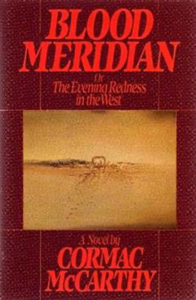
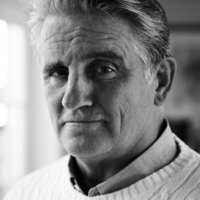 MarkFord
MarkFord
